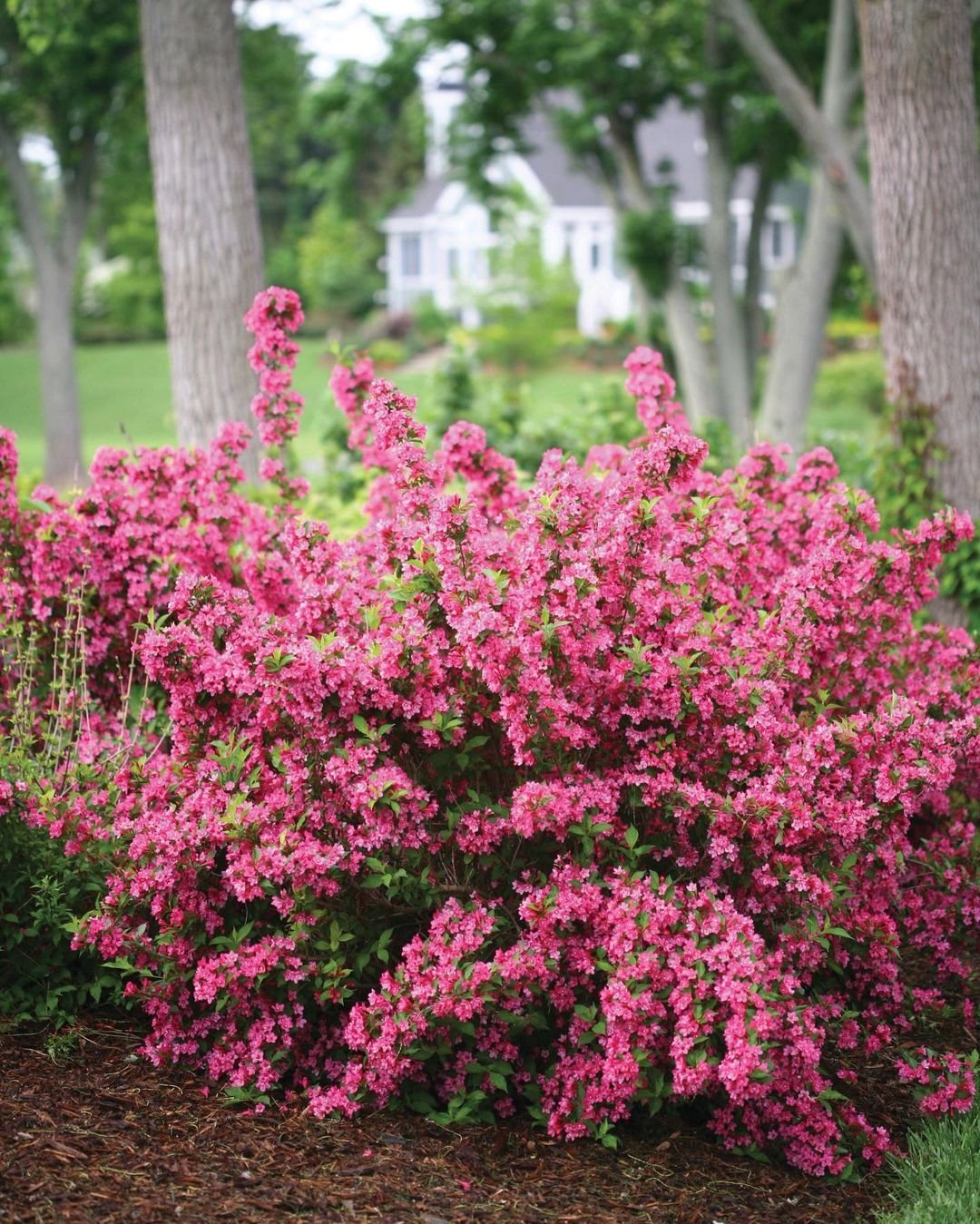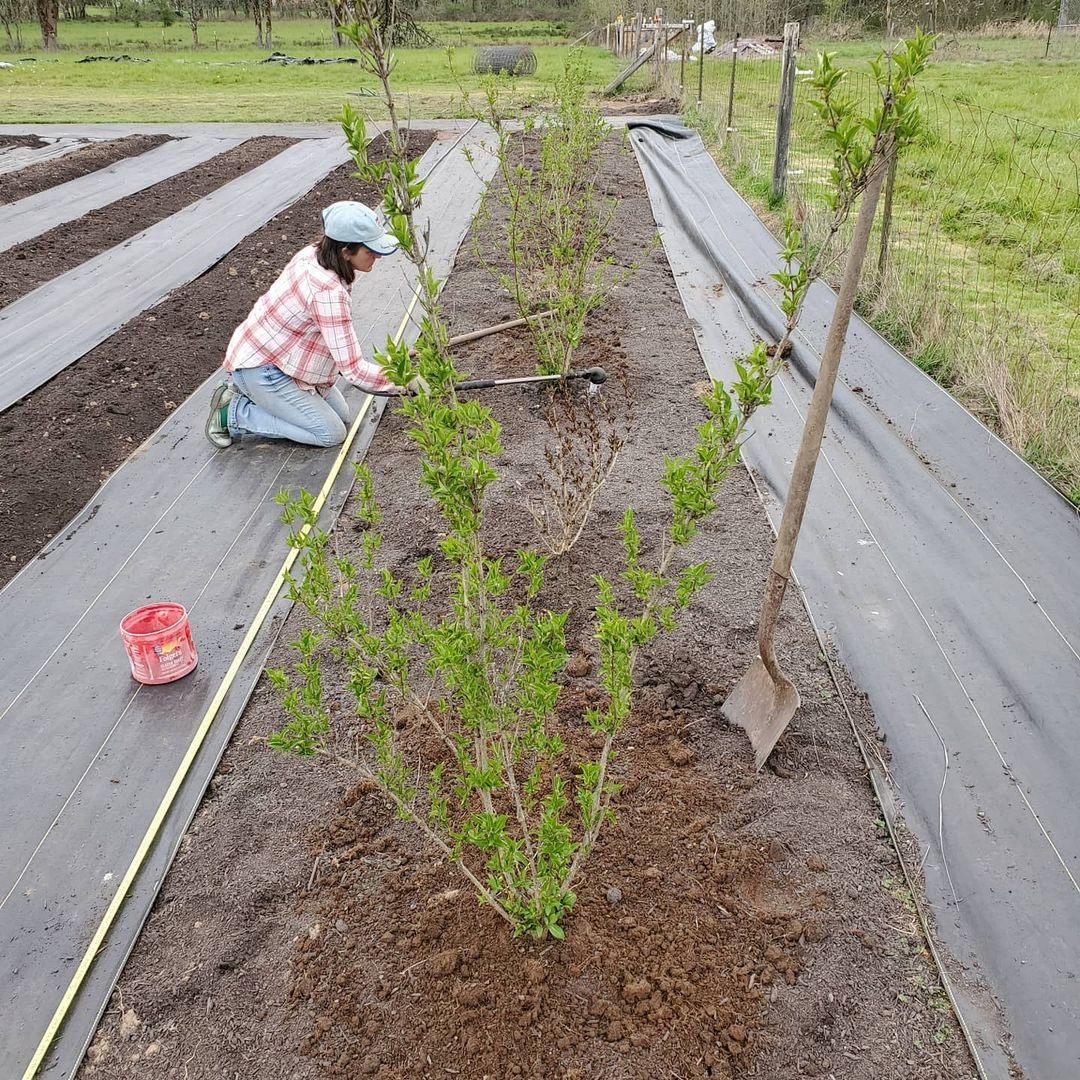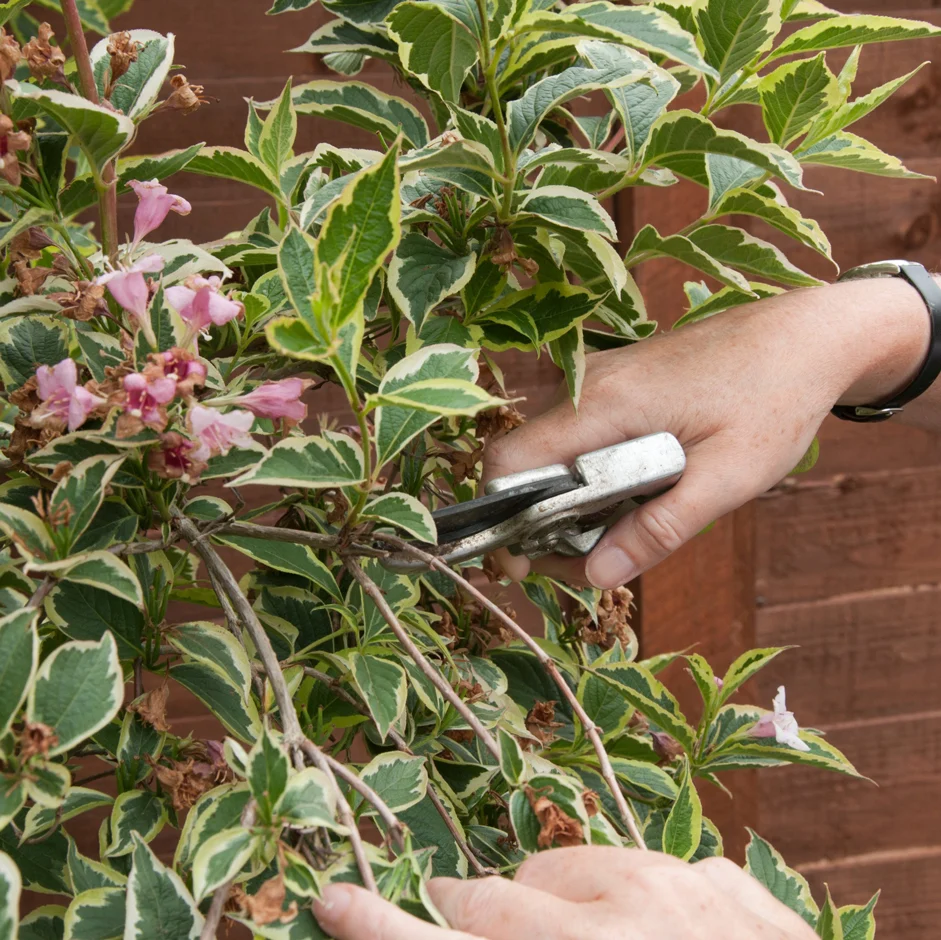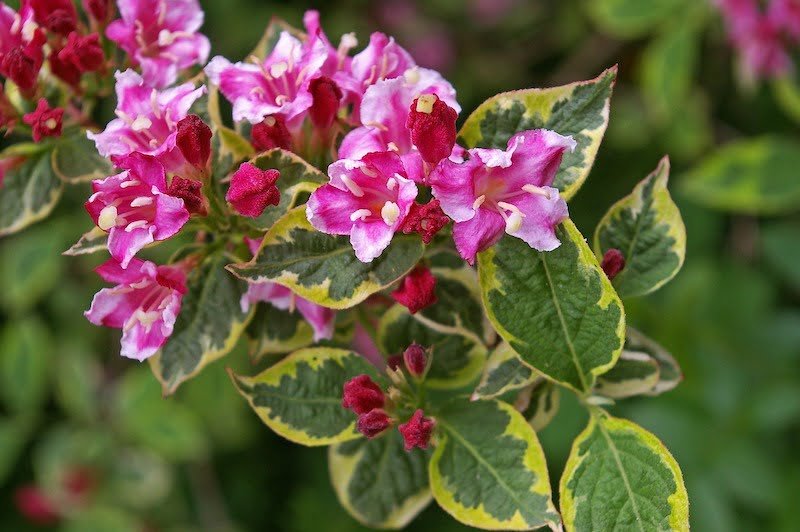Weigela Shrubs is a low-maintenance shrub perfect for gardens with its colorful spring flowers and attractive foliage. Get tips on planting, pruning, recommended varieties and more.
Looking for a low-maintenance flowering shrub to brighten up your landscape? Weigela Shrubs could be just the plant you need! These garden workhorses are known for their funnel-shaped flowers in shades of pink, red, yellow and white that smother the branches in spring.
But weigelas aren’t one-hit wonders! They also offer attractive green or burgundy foliage that makes a nice backdrop through the summer months. Some even provide a second round of blooms in late summer if the old flowers are removed.
Here’s a concise information chart about Weigela shrubs:
| Attribute | Information |
|---|---|
| Botanical Name | Weigela spp. |
| Plant Type | Deciduous shrub |
| Zones | 4-8 (varies by species and cultivar) |
| Exposure | Full sun to partial shade |
| Bloom Time | Late spring to early summer |
| Height/Spread | Height: 2-10 feet Spread: 2-10 feet |
What is Weigela?

Weigela (wy-GEE-lah) is a genus of about 10-12 species of deciduous shrubs native to eastern Asia, from Siberia to Japan. In the landscape, they grow as rounded, upright shrubs between 5-10 feet tall depending on the variety.
Hardy across most regions and able to adapt to less-than-ideal conditions, weigelas are the perfect choice for both beginner and established gardeners. Let’s take a closer look at how to grow and care for these eye-catching shrubs.
Their most outstanding feature is undoubtedly the profuse spring flowers. Large clusters of small, trumpet-shaped blooms in shades from pure white to deep red appear in late spring, often covering the entire plant.
The blooms are tubular-shaped and open out into five flat lobes, attracting butterflies and hummingbirds with their nectar when flowering. Green foliage shrubs provide pretty pale green or chartreuse flowers while darker varieties offer pink, ruby red or bicolor blossoms.
Newer reblooming types like the popular ‘Wine & Roses’ can push out additional flushes of blooms in summer or fall if the old flowers are removed promptly.
In addition to the showy flowers, weigelas also deliver nice fall interest as their green leaves turn attractive shades of red, purple or burgundy before dropping. Some types also have golden yellow fall color too.
Benefits of Growing Weigelas

Beyond the obvious ornamental value, weigela shrubs offer low-maintenance gardeners a host of benefits:
- Tough and adaptable to a range of soil conditions
- Deer resistant and not favored by most pests
- Drought tolerant once established
- Thrive in partial shade
- Cold hardy down to Zone 4 or 5
- Quick to establish in the landscape
- Suitable for hedges, borders or mass plantings
- Compact sizes available for small spaces
Did I mention how low-maintenance these shrubs are? Weigelas basically shrug off most diseases and look great without a ton of pruning or fertilization required.
Planted in the right spot, you can essentially ignore weigelas and they’ll still reward you with fabulous spring blooms. Talk about an easy way to add some color to your landscape!
How to Grow Weigela Shrubs
Getting started with weigela is a breeze. Follow these simple steps:
Planting Instructions

Weigelas are very adaptable to different soil conditions as long as drainage is decent. They’ll grow in average, loamy garden soil or even clay provided it doesn’t stay constantly wet. For best results, mix in some compost or manure at planting time to increase fertility and drainage.
Full sun exposures are ideal for the most prolific blooming, but weigelas will still produce flowers in partial shade locations. Just expect fewer flowers in heavier shade.
When planting, space weigela shrubs about 5-8 feet apart and allow 5+ feet from the house or other structures as they’ll grow fairly large over time. Prepare a hole twice as wide as the rootball but no deeper.
Set the plant at the same soil level as it was previously growing. Backfill with existing soil and firm down gently. Apply a 2-3 inch deep layer of mulch around the base to retain soil moisture.
Care and Maintenance

Newly planted weigelas need regular irrigation until they’re established over the first year or two. A deep soaking once a week should be sufficient in hot summer months.
Once settled in, weigelas are pretty drought tolerant and only need extra water during prolonged dry spells. Too much moisture can lead to root rot problems.
Weigelas generally need little to no pruning, but can be trimmed lightly right after flowering if desired to shape them. Never prune in fall or you’ll remove next year’s buds.
An occasional fertilizer application in early spring with a balanced fertilizer or compost can help promote more vigorous blooming. Otherwise, avoid fertilizing older shrubs to prevent excessive leafy growth.
Pests and Problems

Weigelas are regarded as quite low-maintenance shrubs free of any major pest or disease issues. Here are a couple potential problems to watch for:
Leaf spots – Various fungal leaf spot diseases can affect weigelas in hot, humid weather. Improve air circulation and spray with a fungicide if severe.
Spider mites – Hot, dry conditions may lead to spider mite issues evidenced by stippled leaves. A strong spray of water often dislodges mites or use insecticidal soap.
Root rot – Constantly soggy soil can cause roots to rot and plants to decline over time. Improve drainage or choose a better planting site.
Animal damage – Deer and rabbits tend to avoid browsing on weigelas thanks to their tough wood and bitter leaves.
Recommended Weigela Varieties

With new introductions hitting the market each year, there are now dozens of excellent weigela shrub selections to grow:
Wine & Roses – The #1 reblooming weigela with ruby red flowers in spring and late summer. Compact 4-5 ft size.
Tango Series – Dwarf 2-3 ft shrubs in pink, red and orange-red selections with variegated foliage too.
Czechmark Trilogy – Three varieties (Raspberry, Burgundy and Sunny cocktail) with distinctive foliage colors.
Marjorie – An extra-hardy classic with lipstick pink flowers on an upright 6-8 ft frame.
Magic Fire – Showy white flowers contrast against deep purple foliage.
Sherry Sweet – A compact variety with cherry red flowers plus hints of yellow.
Kodiak Series – Varieties like ‘Kodiak Orange’ and ‘Kodiak Black’ with unique flower colors.
Wildonine – A miniature 12-16″ variety with green leaves edged in yellow. Great for containers.
With low care requirements and tons of flower power, it’s easy to see why weigela is such a beloved garden shrub! Add a few different varieties to your landscape for a vivid display of colors all spring and summer long.
Pingback: “Growing Beautiful Weigela Shrubs: A Begi...
Pingback: - Aloe Plants: Comprehensive Guide to Growing Aloes
Pingback: How to Make Your Mass Cane Plants Bloom: A Guide for Gardeners
Pingback: 10 Stylish Indoor Plant Pots to Elevate Your Green Oasis
Pingback: Grow Your Quirky Tractor Seat Plant: A Comprehensive Guide
Pingback: Black Spot on Roses: A Comprehensive Guide for Healthy and Vibrant Blooms
Pingback: Cranesbill (Hardy Geranium) Care: The Definitive Handbook -
Pingback: Explore 17 Amazing Trees Starting with the Letter ‘A’ -
Pingback: How to Grow Stunning Fuchsias in Your Garden -
Pingback: How to Grow Hollyhocks: A Step-by-Step Guide -
Pingback: How to Grow and Care for Forest Pansy Redbud Trees -
Pingback: Bottlebrush Plants: The Ultimate Guide to Growing Gorgeous
Pingback: Best Way to Relocate a Lantana Gardeners School
Pingback: Beauty of Sambucus: Expert Tips for Thriving Elder Plants
Pingback: 30 Types of Orange Flowers name: Identification & Photos
Pingback: The Best Potted Palm Trees For Outdoors (With Pictures) -
Pingback: The Ultimate Guide to Podocarpus - gardenschool
Pingback: Ceanothus: Comprehensive Care and Maintenance Guide
Pingback: Esperanza Plant: Tips for Care and Successful Growing
Pingback: Easy Foxtail Fern Care Tips - Gardener's School
Pingback: Fruits That Start with “O”: A Complete List -
Pingback: Natural Beauty: Majestic Trees That Start with ‘H’
Pingback: Battling Creeping Charlie : Top Tips for Managing Ground Ivy in Your Yard
Pingback: How to Grow and Care for Forest Pansy Redbud Trees - Gardener's School